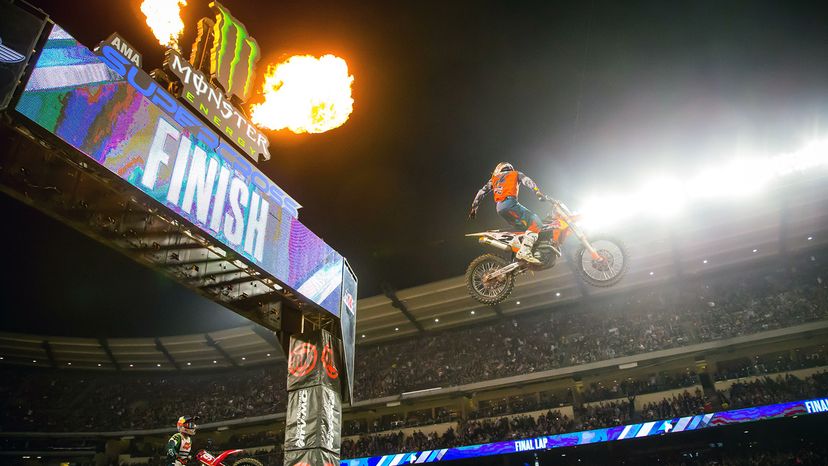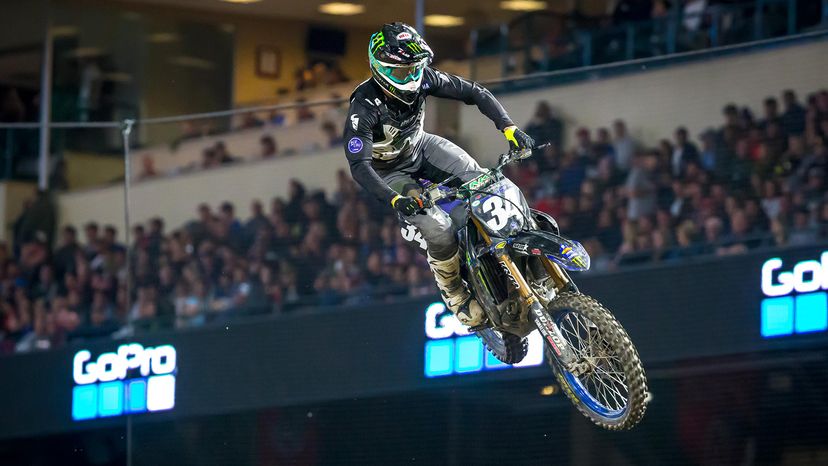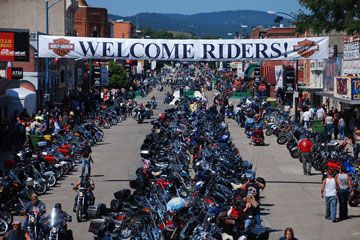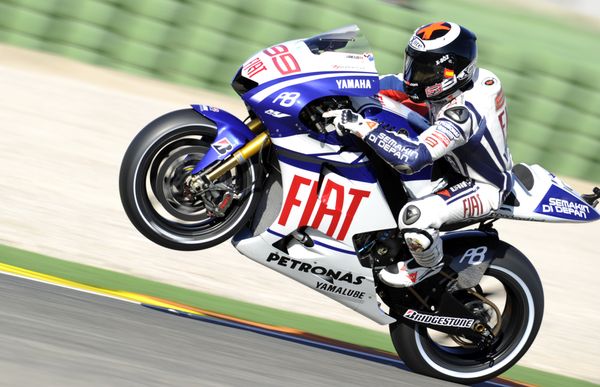
There are two ways to watch a Supercross race. You can focus on a particular spot on the track, or you can follow a specific rider. Regardless, you'll miss things in this fast-paced sport. We were lucky, though, and got a behind-the-scenes look at the 45th Supercross season opening race. It's known as Anaheim 1 (A1), and this year it was held Jan. 5, 2019, at Angel Stadium in Anaheim, California.
And as soon as the gates dropped for the first qualifying round, it was clear that a few of the turns on this track would cause the racers trouble. Why? Rain. But let's back up a bit and talk about the history of Supercross and everything that goes into making Anaheim 1.
Advertisement



